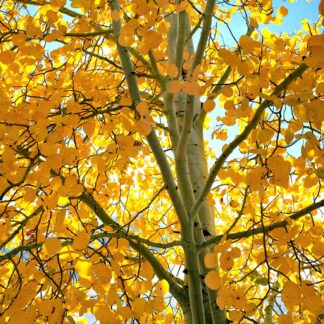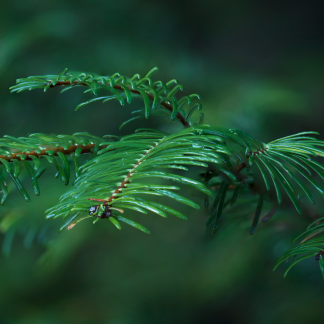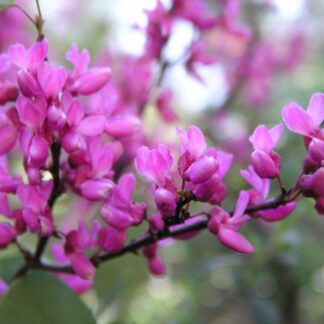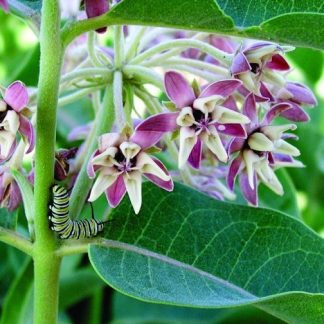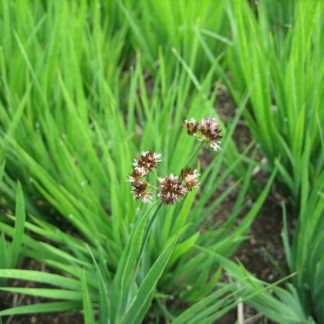Artemisia ludoviciana ssp. ludoviciana is a widespread native perennial of North America. Even with its striking silver leaves and ubiquitous nature, it is often an overlooked native plant. The broad range of A. ludoviciana over many different ecosystems has produced much variety and in turn has broken the species into several subspecies.
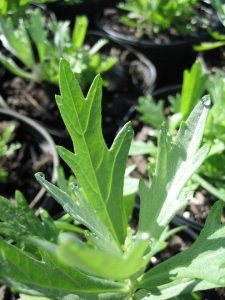 Its common names, white sagebrush and silver wormwood, can make this species appear to be something it’s not. For example the name white sagebrush is confusing as there is a plant in the genus, Salvia, commonly referred to as white sage. Both plants are used in ceremonial smudge sticks by Native American tribes, but are unrelated and belong in different plant families. The common name wormwood is closely associated with a specific species, Artemisa absinthium, which is used in making absinthe, a highly alcoholic distilled beverage, thought to contain psychoactive chemicals. Because of this, most people refrain from calling all Artemisias wormwood, as it has a dark and negative connotation. Personally I prefer the binomial name, because it reduces confusion and is informative. The name, Artemisia ludoviciana, not only accurately tells where it belongs in the plant kingdom it also divulges some of it’s history. Artemisia is a genus in the sunflower family, Asteraceae, and ludoviciana is latin for Louisiana, where this species was first described.
Its common names, white sagebrush and silver wormwood, can make this species appear to be something it’s not. For example the name white sagebrush is confusing as there is a plant in the genus, Salvia, commonly referred to as white sage. Both plants are used in ceremonial smudge sticks by Native American tribes, but are unrelated and belong in different plant families. The common name wormwood is closely associated with a specific species, Artemisa absinthium, which is used in making absinthe, a highly alcoholic distilled beverage, thought to contain psychoactive chemicals. Because of this, most people refrain from calling all Artemisias wormwood, as it has a dark and negative connotation. Personally I prefer the binomial name, because it reduces confusion and is informative. The name, Artemisia ludoviciana, not only accurately tells where it belongs in the plant kingdom it also divulges some of it’s history. Artemisia is a genus in the sunflower family, Asteraceae, and ludoviciana is latin for Louisiana, where this species was first described.
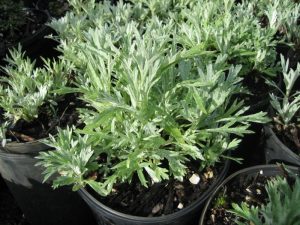 The common names also refer to the range of colors of the leaves from pale green to whitish gray which is caused by a soft layer of trichomes (minute hair). Because of these trichomes along with the production of certain chemicals, A. ludoviciana is able to deter most herbivores. However, one species of grasshopper, Hypochlora alba, has evolved along with A. ludoviciana and is the only organism that can survive soley by eating this particular plant. This grasshopper does eat other plants along with other species of Artemisia, although if given only A. ludoviciana it will endure. It seems that the layer of trichomes fails to impede Hypochlora alba’s digestive tract as it would other predators.
The common names also refer to the range of colors of the leaves from pale green to whitish gray which is caused by a soft layer of trichomes (minute hair). Because of these trichomes along with the production of certain chemicals, A. ludoviciana is able to deter most herbivores. However, one species of grasshopper, Hypochlora alba, has evolved along with A. ludoviciana and is the only organism that can survive soley by eating this particular plant. This grasshopper does eat other plants along with other species of Artemisia, although if given only A. ludoviciana it will endure. It seems that the layer of trichomes fails to impede Hypochlora alba’s digestive tract as it would other predators.
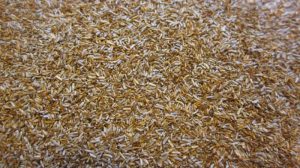 A. ludoviciana is a perennial shrub growing between 1-3 ft. tall, the lower leaves are tri-lobed at the tips. The non showy flowers are yellow and arranged in a nodding inflorescense. The species can be found growing in a variety of environments from rocky dry soil to wet areas near water, depending on the subspecies. The flowers are in bloom from late summer to early fall.
A. ludoviciana is a perennial shrub growing between 1-3 ft. tall, the lower leaves are tri-lobed at the tips. The non showy flowers are yellow and arranged in a nodding inflorescense. The species can be found growing in a variety of environments from rocky dry soil to wet areas near water, depending on the subspecies. The flowers are in bloom from late summer to early fall.

